TANNERY
We are always focusing on our customers, so in response to their needs we have developed a completely vertical production process. Swedish hides come in on the ground floor of our facility. The hides are tanned using time-tested methods. Finally, the premium vegetable tanned leathers are used by our skilled craftsmen to produce some of the world’s finest leather goods.
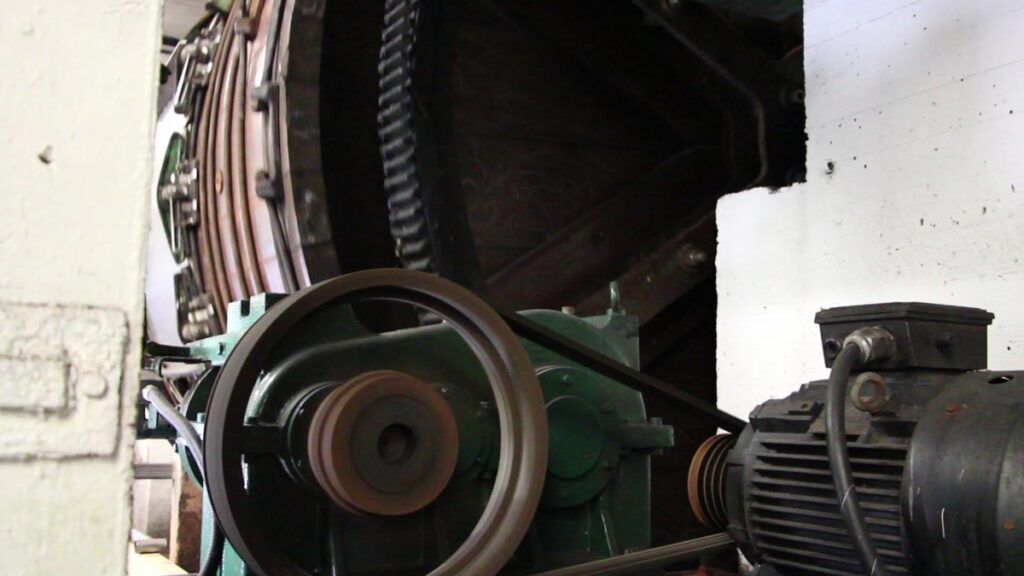
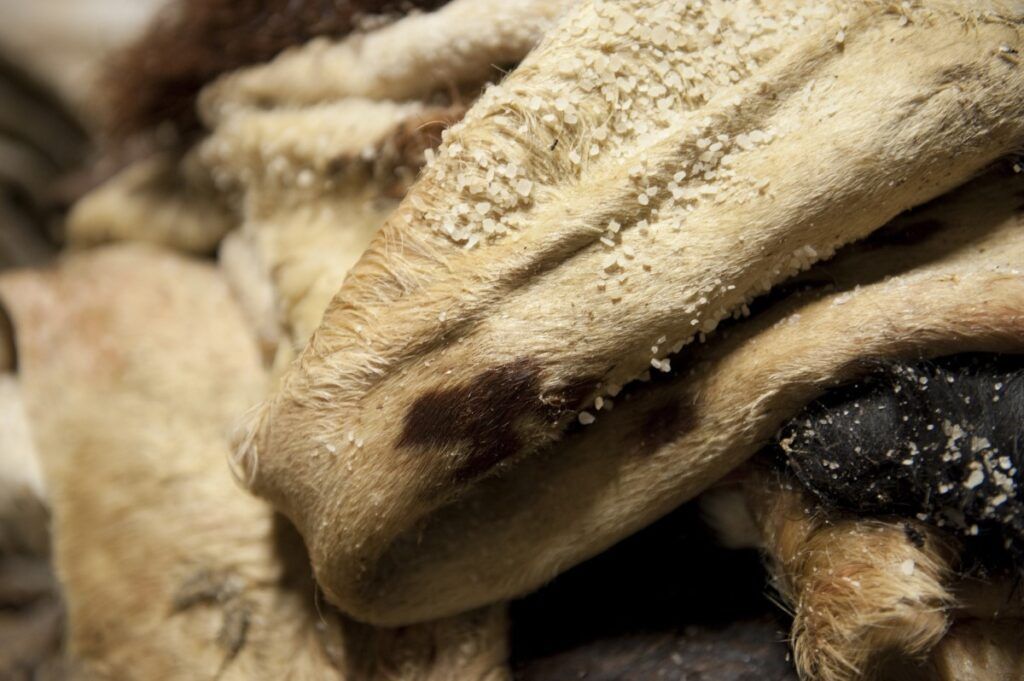
PRESERVING THE RAW HIDE
Aligned with our vision as an environmentally sustainable company, Tärnsjö Garveri has always prioritized finding the best raw material available. We only source Swedish hides, mainly from our local surroundings; it is important to state that our business only uses the byproduct of the local meat industry.
TRACEABILITY
We want to ensure that we work only with suppliers committed to sustainable practices and high quality. Every batch of hides is marked with a unique number to keep track of the origin. This tracking system serves two purposes: we have the means to single out premium quality hides, and it makes it possible for you to pre-order leather that is traceable all the way back to the farm. The minimum quantity for traceable leather depends on sort and color.
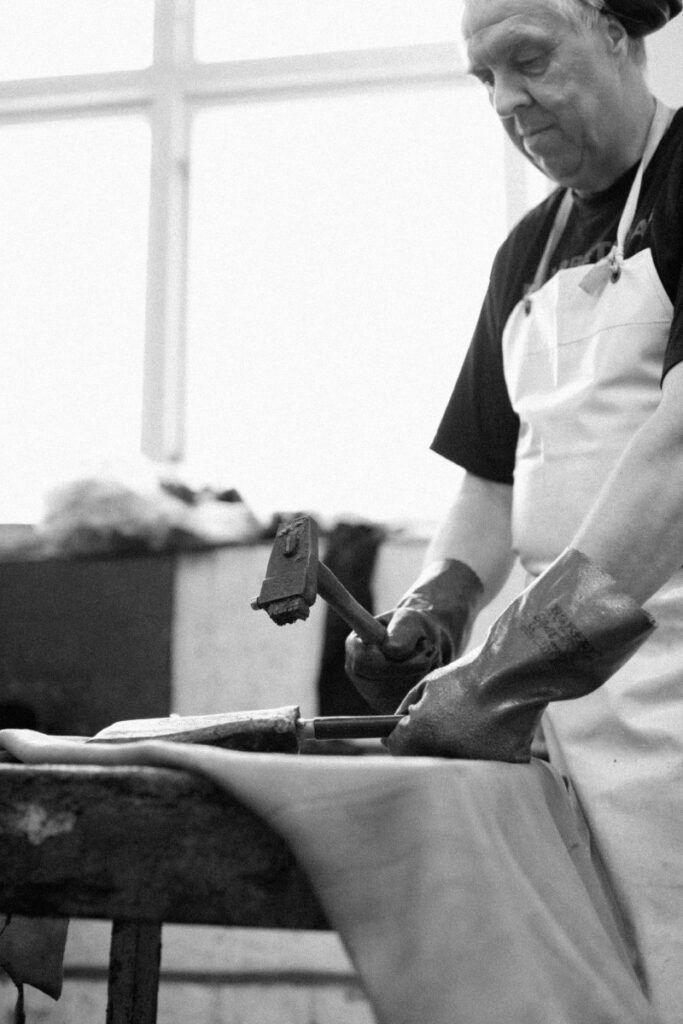

PREPARING THE HIDE
First, the hides must be stripped. This is done by liming, which is one of the most important processes in leather manufacturing. Liming takes two days and is carried out in rotating drums.
CUTTING AND CARVING
The limed hide is then taken through the fleshing machine, which removes all traces of fiber. At the same time skilled craftsmen trim the hide from parts of the hide that they can tell won´t qualify for premium leather. They also mark every hide with a unique number to make them traceable. This is to ensure premium quality on our raw material.
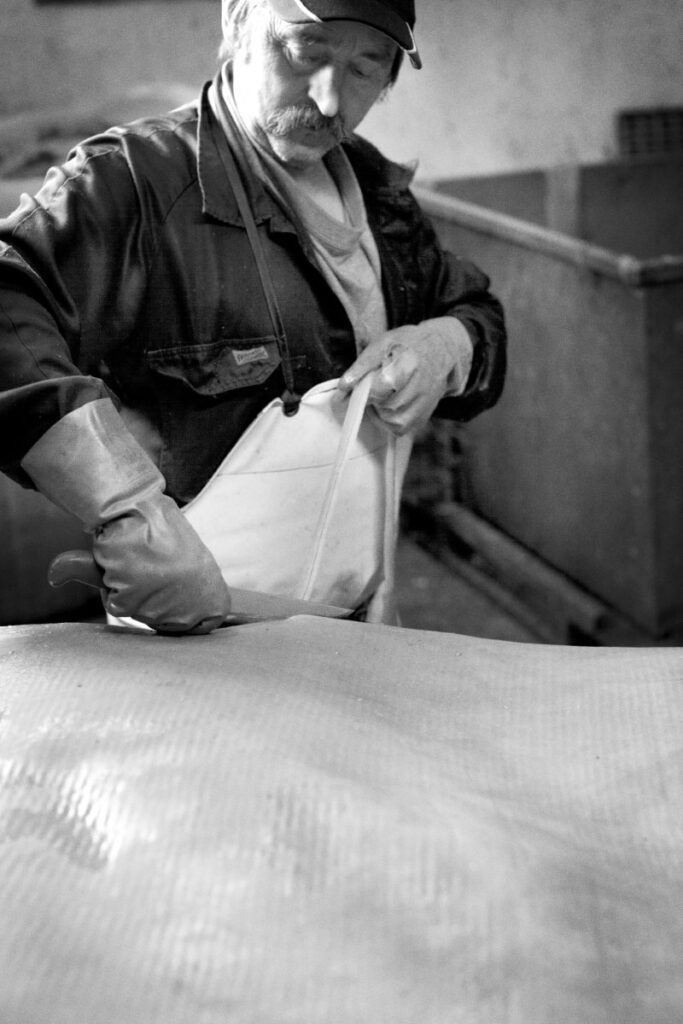
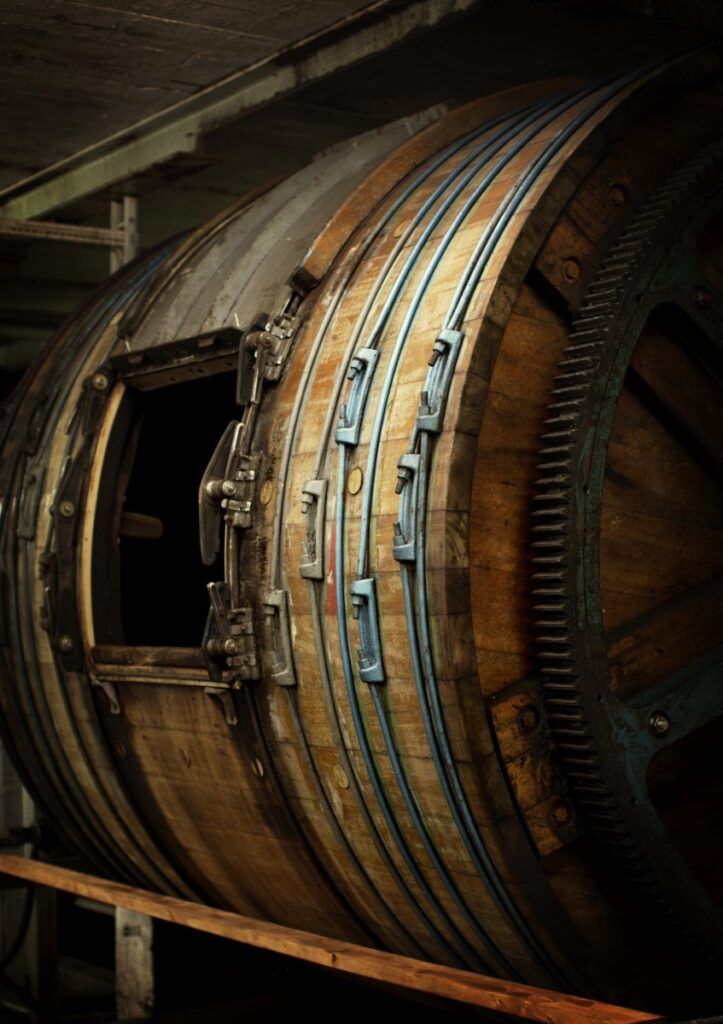
TANNING
The combination of tanning agents has been developed through innumerable experiments by our highly qualified chemists. Each type of leather has its own unique mix.

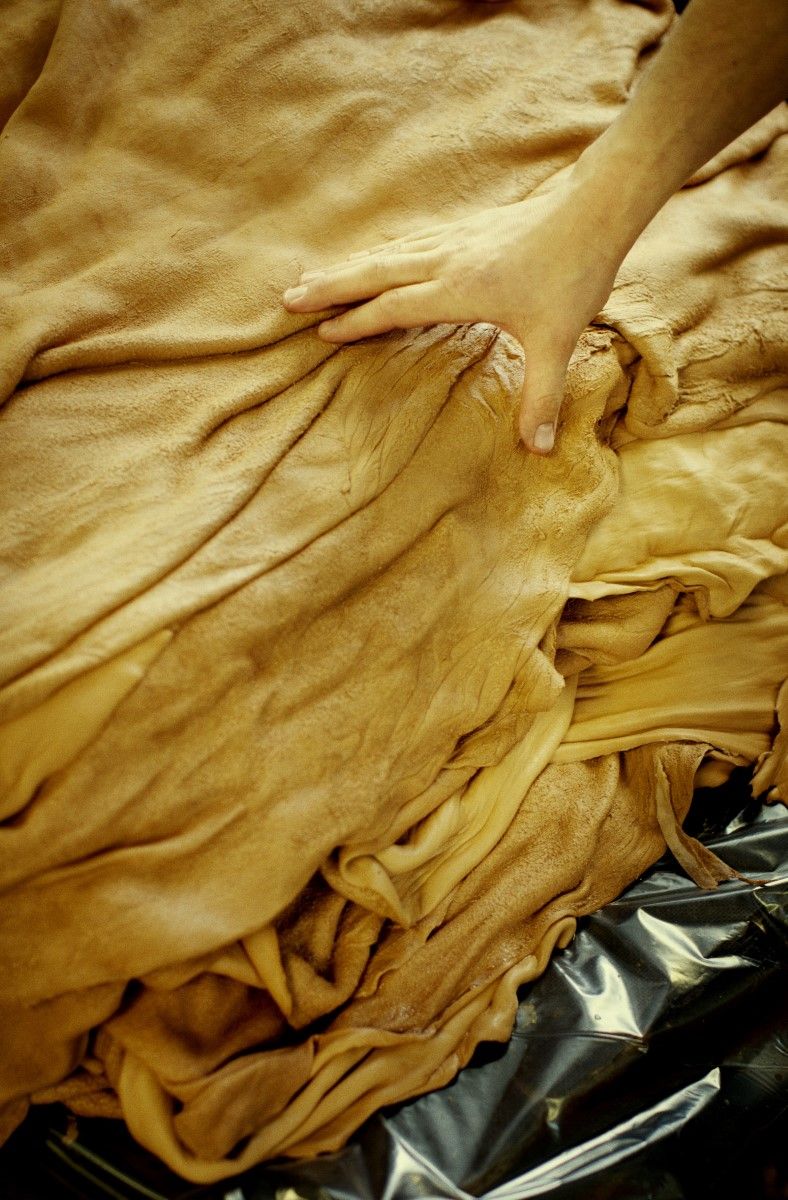

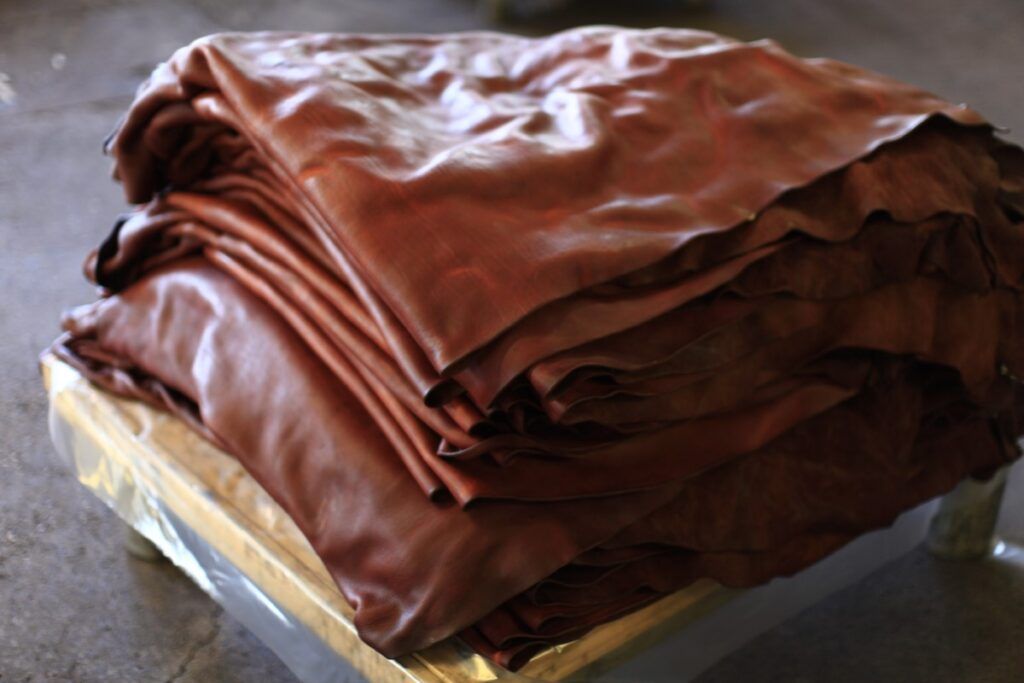
POST TANNING
Liming and tanning has removed all natural fat from the hide and this has to be replaced. Various methods are used according to the type of leather. Some leathers are treated with fat in a heated fatting mill, while others are aniline dyed and then fatted with water-soluble fats.
DRYING
The leather is now dried in different ways. Some types are dried with hot air, while others are stretched on frames in order to be completely smooth. Upholstery leathers are then processed in a rotating mill by tumbling against each other in order to achieve the desired softness.

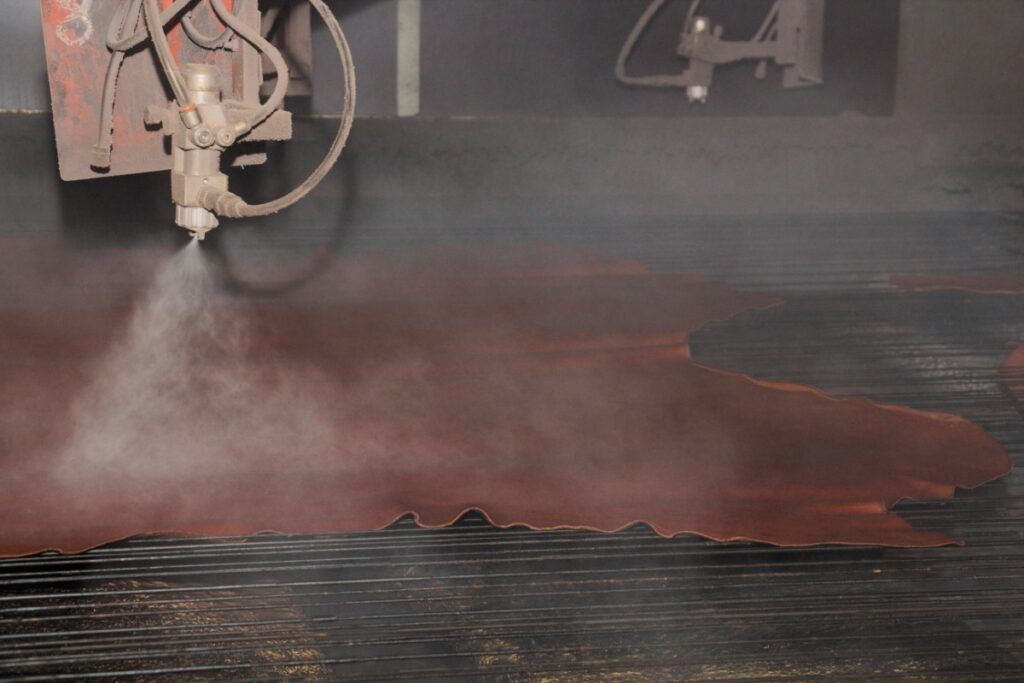
FINISH
The finish of the leather enhances the tolerance and improves the texture. According to customer demand the hides are finished with protective layers and water based colors.
We can also emboss its surface if there is a desired aesthetic asked for by the client.
